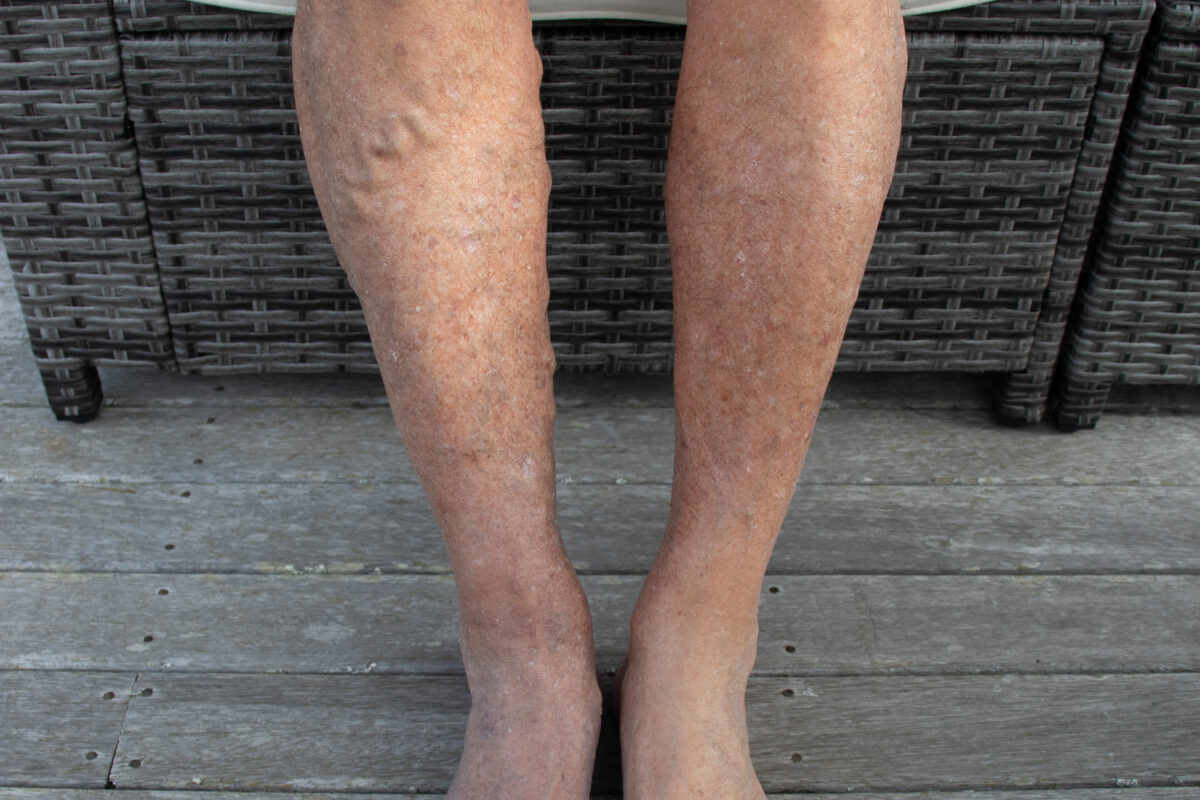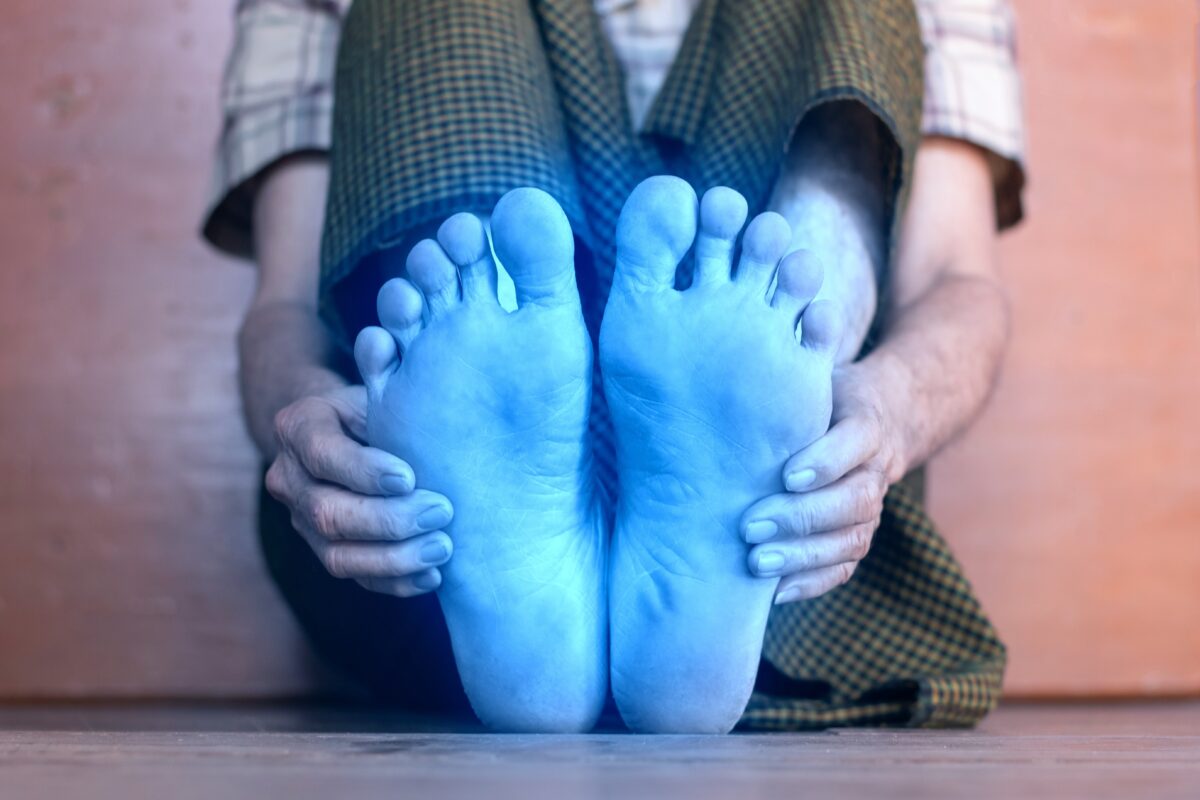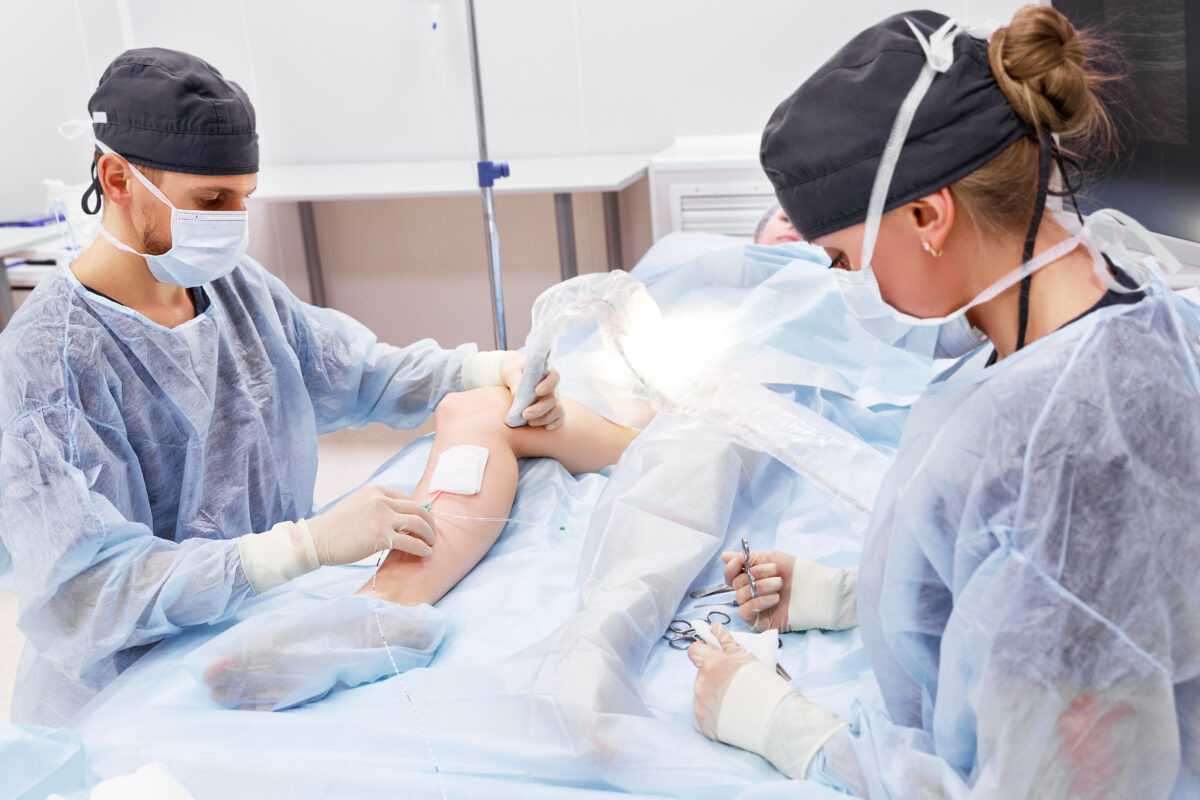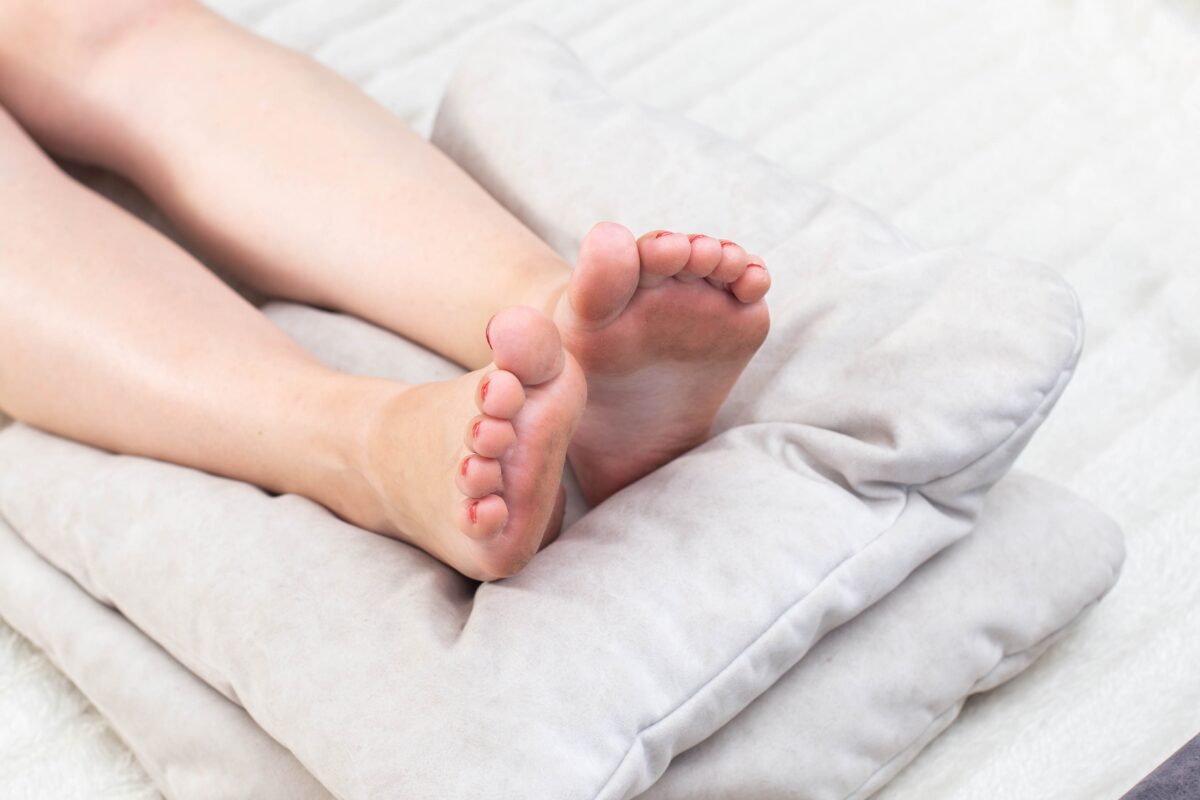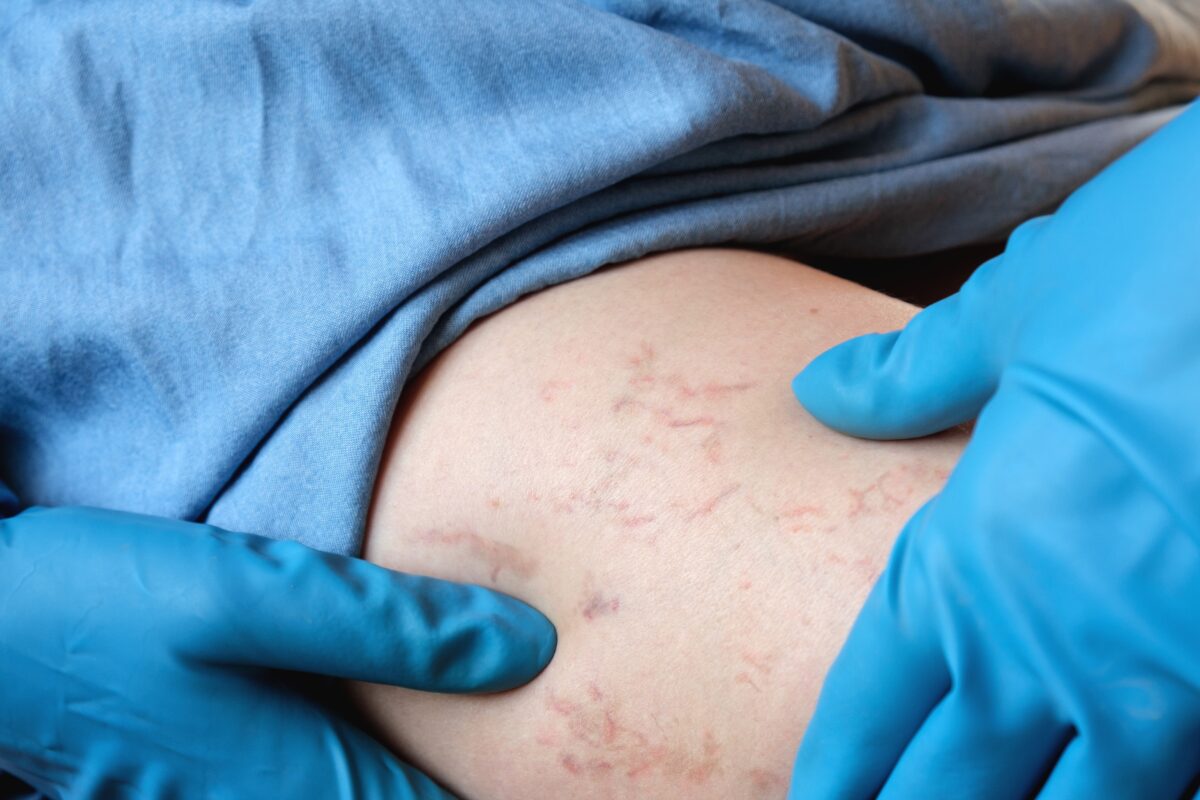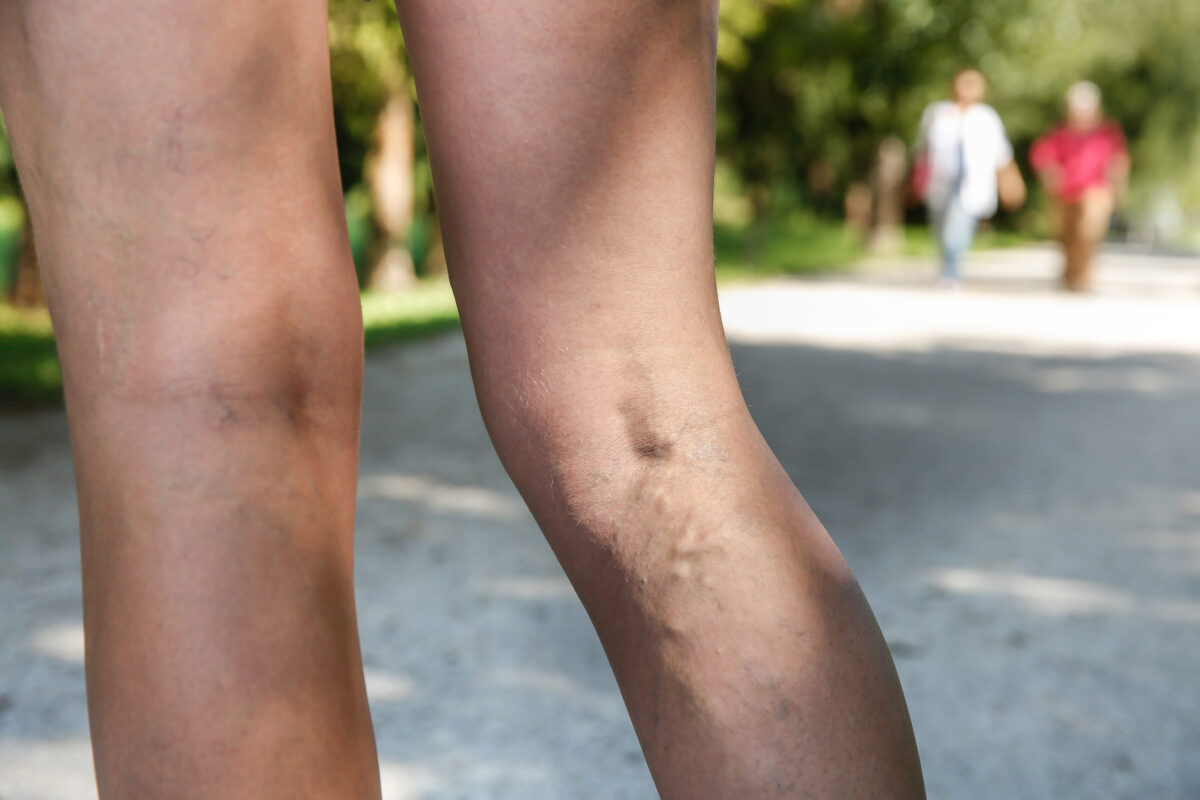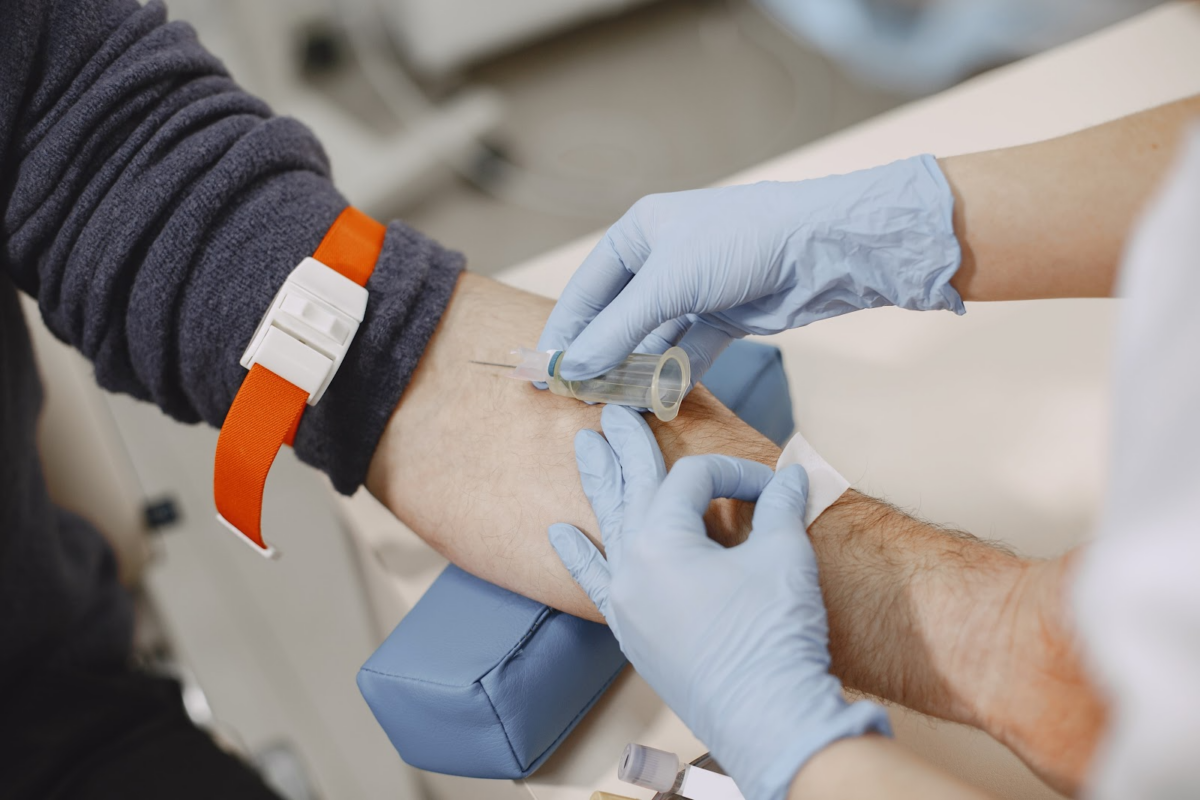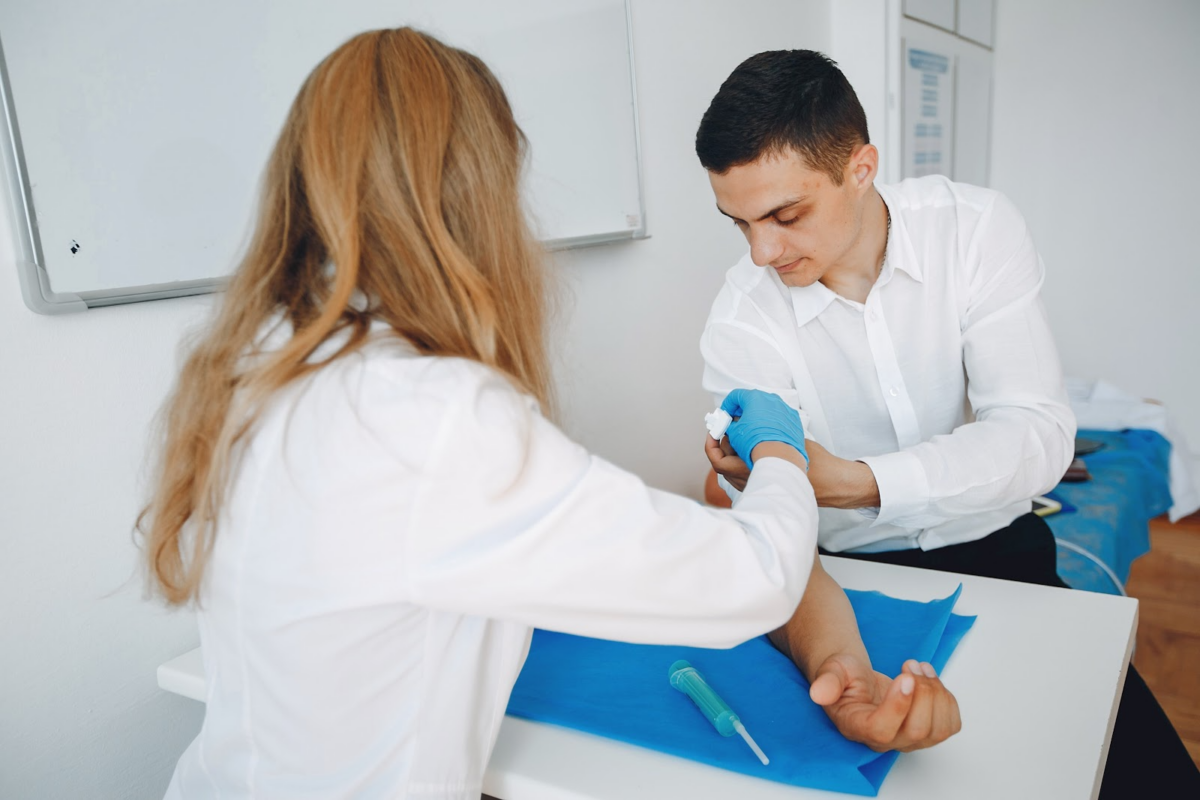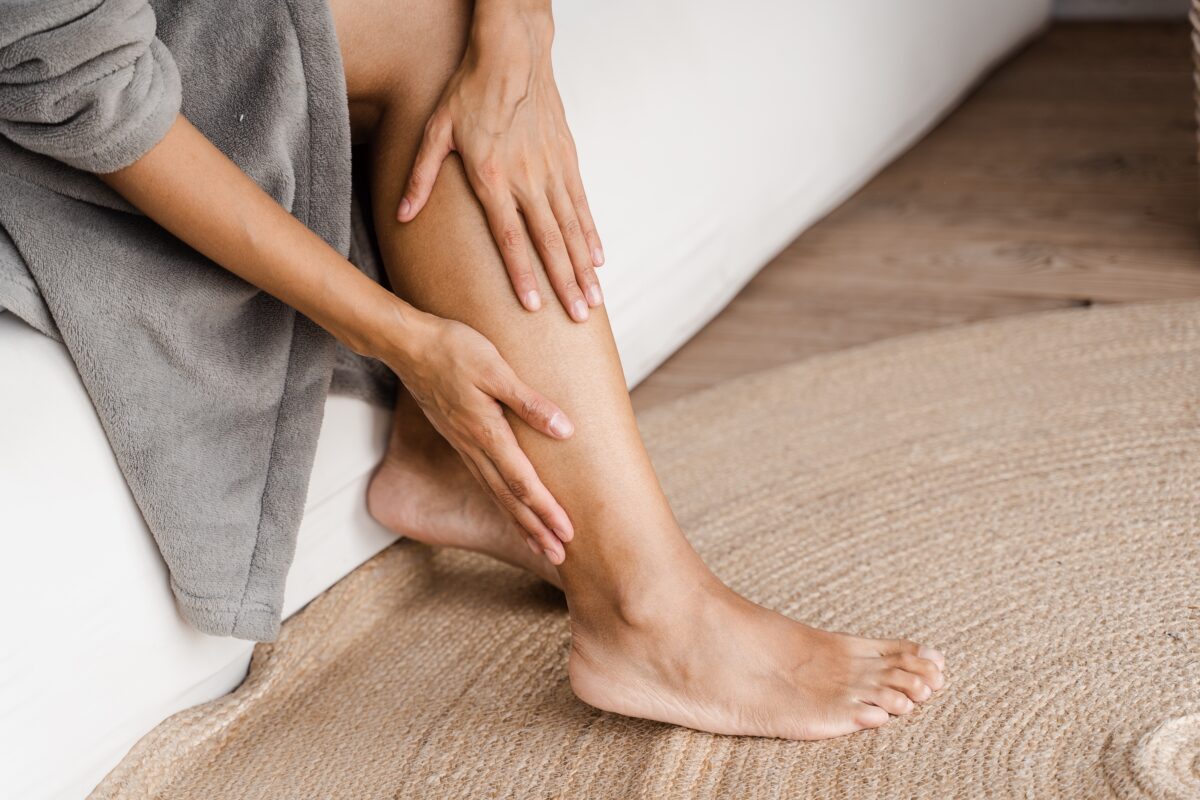Tingling, swelling, or aching legs can be early signs of poor circulation, and your legs are often where those signs appear first.
Leg circulation issues can affect how you move, how you feel, and how your body heals. Understanding what causes these problems and how to treat them can help you protect your cardiovascular health and prevent further complications.
In this guide, you’ll learn what’s behind circulatory problems, how to spot the signs, and the most effective ways to restore healthy circulation.
What Are Leg Circulation Issues?
When your blood circulates properly, it carries blood rich in oxygen and nutrients through your arteries and returns waste through your veins. Your lower extremities rely on this steady flow to stay warm, nourished, and pain-free.
Leg circulation issues happen when the flow slows down or becomes blocked. If left untreated, this can lead to discomfort, visible changes in the skin, and a higher risk of complications.
There are two main types of circulatory problems:
- Arterial issues occur when blood has trouble reaching your legs. This can cause coldness, numbness, or cramping.
- Venous issues happen when blood pools in your legs and struggles to return to your heart. This can lead to swelling, heaviness, or varicose veins.
You may not notice a problem right away. Symptoms often develop slowly, so recognizing early warning signs can help you act before problems become serious.
What Are the Causes of Poor Leg Circulation?
Several health conditions and lifestyle habits can interfere with blood flow to and from your legs. Knowing the most common risk factors can help you understand whether you’re more likely to face circulation problems in the legs.
Below are the most common causes of poor circulation in the legs:
Peripheral Artery Disease (PAD)
PAD happens when arteries in your legs become narrow or blocked, usually due to plaque buildup. This limits the ability to supply blood to your muscles and can cause pain or cramping during movement.
Atherosclerosis
Atherosclerosis occurs when fatty substances called plaque build up inside the artery walls. It often leads to PAD and contributes to cardiovascular disease.
Deep Vein Thrombosis (DVT)
People experiencing poor circulation may not realize they have a clot until swelling or pain suddenly increases in one leg. This is called deep vein thrombosis. If left untreated, it can lead to serious complications like a heart attack or pulmonary embolism.
Chronic Venous Insufficiency (CVI)
CVI occurs when vein valves weaken and conditions decrease blood flow, causing blood to collect in the legs. This often leads to swelling, heaviness, or visible veins.
Diabetes
High blood sugar levels can damage blood vessels and nerves. People with diabetes often experience slow-healing wounds and foot-related complications.
Smoking
Smoking narrows blood vessels and reduces oxygen in the blood. Over time, this can damage the circulatory system and increase the risk of peripheral arterial disease and deep vein thrombosis.
Obesity
Excess weight places pressure on veins and arteries, especially in the legs. Obesity can also raise your risk of high blood pressure, which may further strain your blood vessels and restrict circulation. Maintaining a healthy weight can reduce strain on your circulatory system.
Sedentary Lifestyle
Prolonged sitting or standing can disrupt proper circulation in the legs. This can increase the risk of circulation issues, swelling, and vein problems.
Aging
As you age, your blood vessels lose flexibility, and your circulation may slow. Aging also raises the risk for heart disease, kidney disease, and other complications.
Cold Weather
Cold temperatures can cause blood vessels to tighten, restricting circulation to the legs and feet. This often leads to swelling or other symptoms that usually improve after delivery.
Pregnancy
Hormonal changes and extra pressure on the veins can lead to circulation challenges during pregnancy. Symptoms like swelling or heavy legs are common and usually improve after delivery.
Genetic Factors
In some cases, genetic factors may influence how your veins function or how your body manages blood flow, making some individuals more prone to circulation issues.
What Are the Symptoms of Leg Circulation Issues?
When circulation is limited, your legs often show the first signs. Some symptoms are easy to dismiss, but they can signal a more serious problem if they continue or worsen over time.
Physical and Visual Symptoms
These changes are often visible or easy to feel:
- Coldness in the feet or lower legs
- Skin discoloration, such as pale, bluish, or reddish tones
- Swelling in the ankles or feet
- Varicose veins or spider veins
- Shiny skin or loss of hair on the legs
- Leg breaks or ulcers that heal slowly
Pain and Discomfort
Some symptoms may feel more internal, showing up during movement or at rest:
- Cramping or aching, especially when walking
- Heaviness or fatigue in the legs after standing
- Tingling or numbness
- Restless legs, especially at night
Skin and Nail Changes
Reduced blood flow can affect how your skin and nails grow:
- Toenails grow slowly or stop growing
- Skin becomes thin, dry, or irritated
- Ulcers or open sores that don’t heal well
If these symptoms don’t improve, it may be time to see a vascular specialist for a proper diagnosis and plan.
What Happens If You Don’t Treat Poor Circulation in the Leg?
Ignoring circulation problems can lead to more than discomfort. Over time, poor blood flow can cause lasting damage and increase your risk of serious health complications.
Worsening Discomfort and Limited Mobility
Without treatment, symptoms like leg pain, heaviness, and cramping can become more frequent. You may find it harder to walk, stand for long periods, or sleep comfortably at night.
Higher Risk of Blood Clots or Ulcers
Poor circulation can lead to blood clots or open sores that don’t heal properly. These wounds may become infected and, in severe cases, develop into deep skin or tissue damage.
Slower Healing and Greater Risk of Infections
Even small injuries can take much longer to heal if your legs aren’t getting enough blood. This raises the risk of infections, especially for people with diabetes or high blood tests indicating inflammation or infection.
Possible Tissue Damage or Amputation
In advanced cases of peripheral vascular disease, tissue in the legs or feet can die from a lack of oxygen. If left untreated, this may lead to amputation to prevent the spread of infection.
If you’re noticing symptoms that persist or worsen, it’s best to get evaluated. The sooner circulation problems are addressed, the more options you have to reverse or manage them.
When to See a Doctor About Leg Circulation Issues
If your legs feel cold, heavy, or painful, you might wonder whether it’s serious enough to call a doctor. Paying attention to these signs can help you avoid long-term complications.
Reach out to a healthcare provider if you notice these underlying conditions:
- Tingling or numbness in your legs or feet
- Cold or discolored skin
- Leg pain that starts during walking and eases with rest
- Swelling that doesn’t go away
- Wounds that heal slowly or not at all
If you’re also experiencing symptoms like chest pain, dizziness, or shortness of breath, it’s important to seek medical care right away
Your doctor will review your medical history, check your legs, and recommend imaging or blood tests if needed.
What to Expect During Your Visit
Your doctor will examine your legs for visible changes, swelling, and blood flow. If circulation issues are suspected, your provider may use one or more of the following tools:
- Doppler ultrasound: A painless test that shows how well blood flows through your vessels.
- Ankle-brachial index (ABI): Measures the difference in blood pressure between your ankle and arm to help identify poor circulation.
- CT or MR angiogram: Imaging scans that give a detailed view of your arteries and veins.
Once poor circulation is diagnosed through tests like a Doppler ultrasound or ABI, your provider can guide you toward the best treatment path.
How to Improve Circulation in the Legs
When blood flow slows down or becomes restricted, discomfort often follows. Follow these steps to support better circulation and relieve symptoms over time.
Start with Daily Habits That Support Circulation
Making simple changes to how you move throughout the day can help your legs feel better. Try to walk regularly, stretch during long periods of sitting, and raise your legs a few times a day to help blood return toward your heart.
Small shifts in posture, like avoiding crossed legs, can also alleviate symptoms and reduce pressure in your legs.
Focus on What You Eat and Drink
Staying hydrated keeps your blood at a healthy thickness, which helps it flow without added strain. Choose healthy foods like greens, berries, and fish. Follow a healthy diet, stay hydrated, and watch how much alcohol you drink to support your circulation.
Limiting salt and processed foods can reduce swelling in your legs and help with blood pressure control.
Talk to a Doctor About Medical Options
If lifestyle changes aren’t enough, your doctor may suggest medical treatment like blood thinners, minimally invasive procedures, or surgery to open blocked vessels. Medications can improve blood flow or reduce the risk of clots.
In more advanced cases, surgery may be needed to help blood move around blocked areas.
Explore Supportive Therapies
Some people find extra relief with massage or acupuncture. Massage, acupuncture, and stress-reduction techniques help your lymphatic system and circulation work better together over time.
Relieve Leg Pain and Circulation Issues With Wellness and Pain
If your legs feel heavy or painful, Wellness and Pain offers focused care that addresses the underlying causes of leg circulation issues.
We treat poor circulation, muscle cramps, nerve pain, and joint discomfort with targeted solutions that work together. You’ll have access to advanced vein treatments, joint and muscle injections, and neurologic testing to understand your situation.
We also offer non-surgical procedures, chiropractic care, and medical massage to relieve pain and restore comfort.
Led by Dr. Jonathan Arad and Dr. Michelle Molina, Wellness and Pain takes a thoughtful, whole-body approach. You deserve to feel strong, steady, and supported.
Schedule your consultation with Wellness and Pain today.
FAQs About Leg Circulation Issues
What are the symptoms of poor blood circulation in the legs?
The most common signs include cold feet, tingling, numbness, and swelling in your lower legs or ankles. Some people notice changes in skin color or texture, such as pale or bluish skin, dry patches, or slow-healing cuts.
Cramping during movement, especially in the calves, may also point to a cardiovascular disease, often caused by narrowed arteries that restrict blood flow.
How do you fix bad circulation in your legs?
Start with simple changes like walking more often, elevating your legs, and eating foods that support heart health and a healthy diet. Compression socks can also help in some cases.
If symptoms don’t improve, talk to a doctor about medical treatment, blood thinners, or vein procedures that may help restore proper circulation.
How to check circulation in the legs at home?
You can look for signs like coldness, color changes, or skin that feels numb or tight. Lightly pressing on your toenails to see how quickly color returns may also give you a clue.
These methods aren’t a replacement for blood tests or imaging, but can help you decide when to seek care and share your observations during a review of your medical history.
Will losing weight help circulation in the legs?
Yes, it can. Carrying extra weight puts pressure on your veins and arteries, especially in the lower extremities. Even moderate weight loss supports vascular health and helps reduce the risk of complications from high cholesterol or heart disease.



